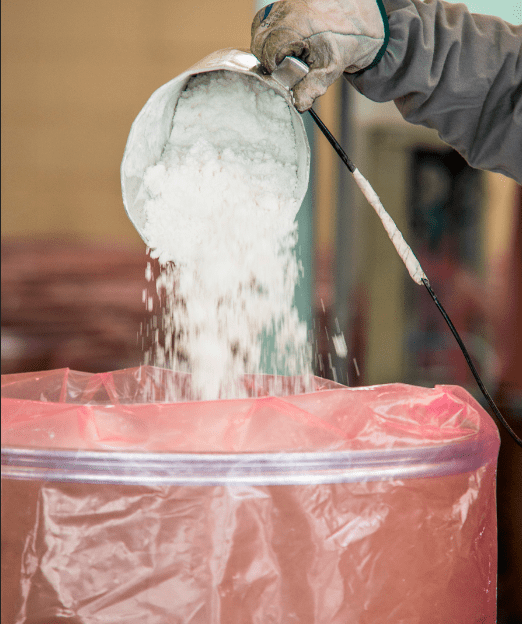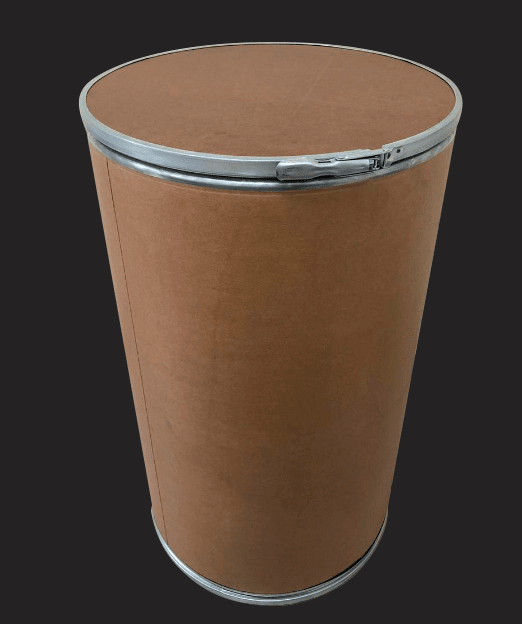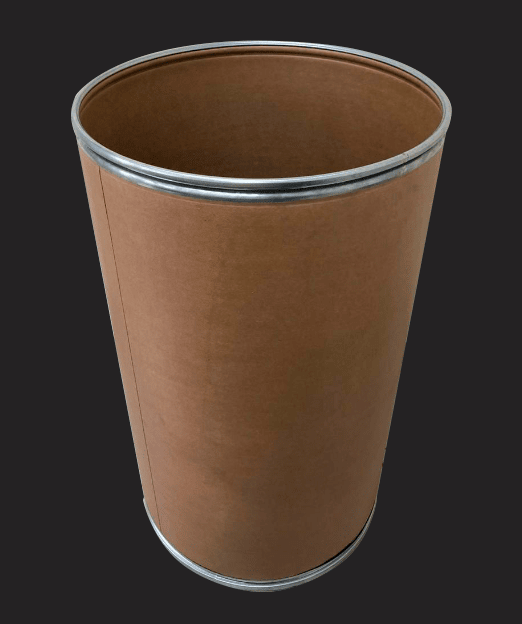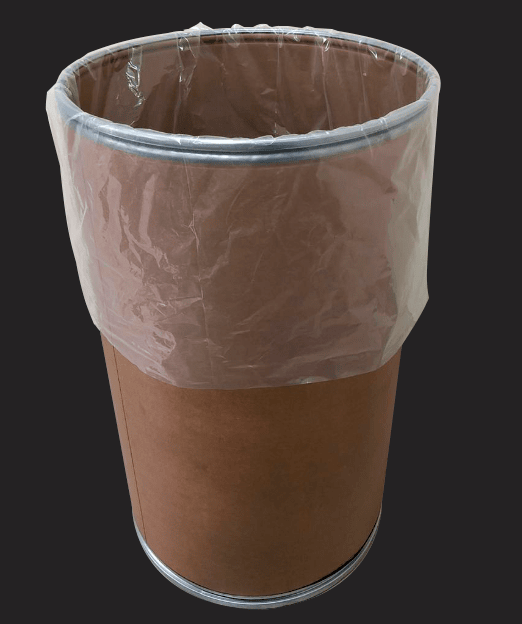Industrial nitrocellulose has a nitrogen content < 12.3% and is used as a raw material in technical applications relating to the manufacture of inks and coatings. It is supplied as a mixture of nitrocellulose with alcohol, plasticizers or water.
Other types of nitrocellulose with higher nitrogen contents which are used in the manufacture of explosives, propellants and pyrotechnics are not included in the objectives pursued by WONIPA.
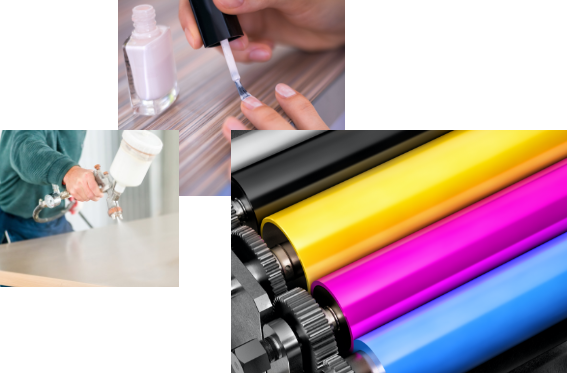
International transport regulations specify that industrial nitrocellulose (UN2555 & UN2556) must be packed according to packing instruction P406. This requires the use of a solvent/water resistant liner in fibreboard packages to prevent loss of the damping agent. The industry standard liner for fibreboard packages is a plastic bag.
To avoid hazards due to static electricity all WONIPA members use liners containing an anti-static additive in compliance with European Committee for Electrotechnical Standardization (CENELEC) report CLC/TR 60079-32-1 (2018) “Explosive atmospheres – Part 32-1: Electrostatic hazards, guidance.”
To comply with International transport regulations, industrial nitrocellulose is supplied to customers as mixture of nitrocellulose and alcohol, water or plasticizer, commonly referred to as damping agents.
In this form the product is classified as a flammable solid, Class 4.1 PG II.
Industrial Nitrocellulose products are clearly defined by the International transport regulations with the following three UN numbers
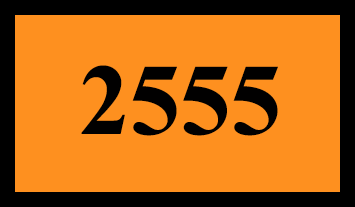
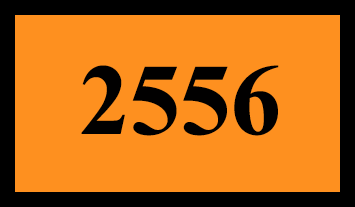
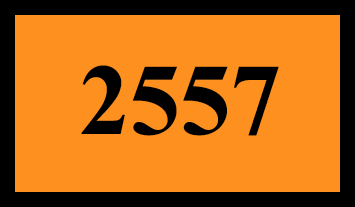
Nitrocellulose itself is exempt from REACH registration as it is a polymer. It falls into the special category of a chemically modified naturally occurring polymer, so it is necessary to consider both the starting material and the chemical used to carry out transformation.
The starting material is cellulose which is exempt from registration. The chemical used to chemically modify the cellulose is nitric acid and this requires registration. The damping alcohol also requires to be registered.
